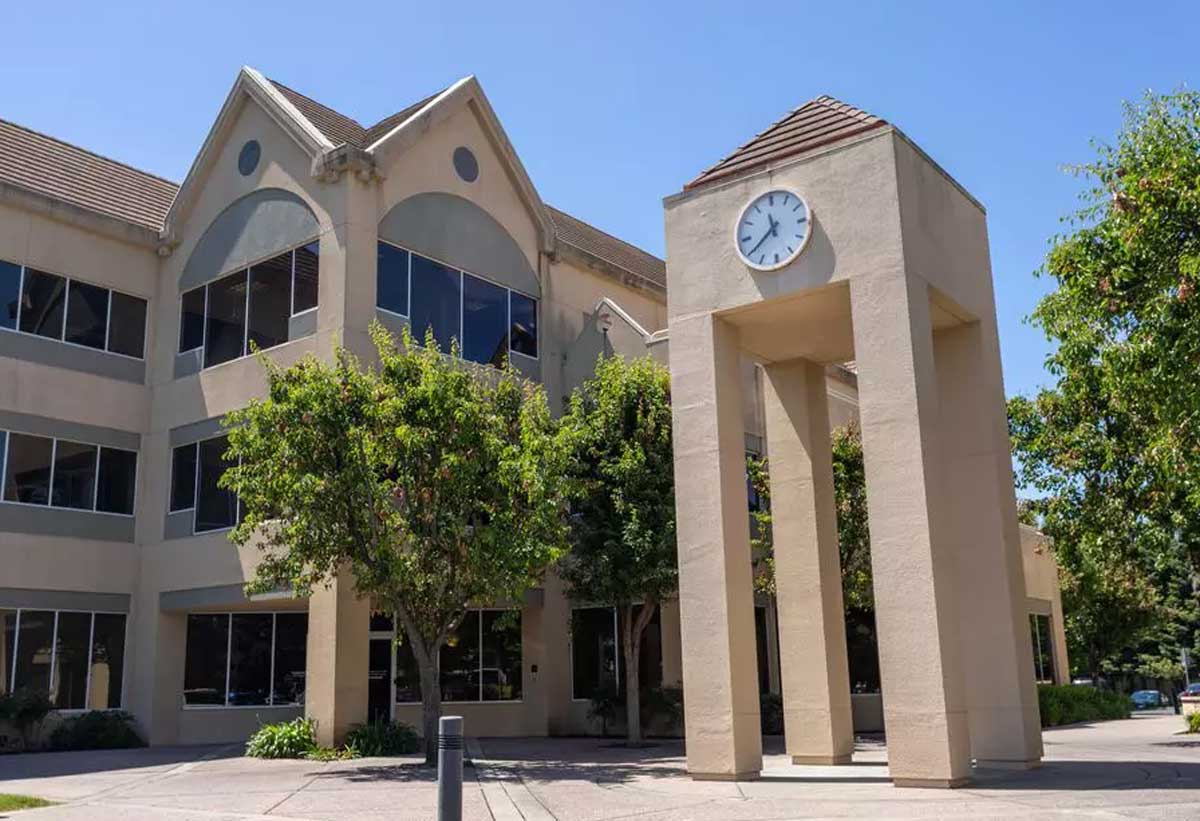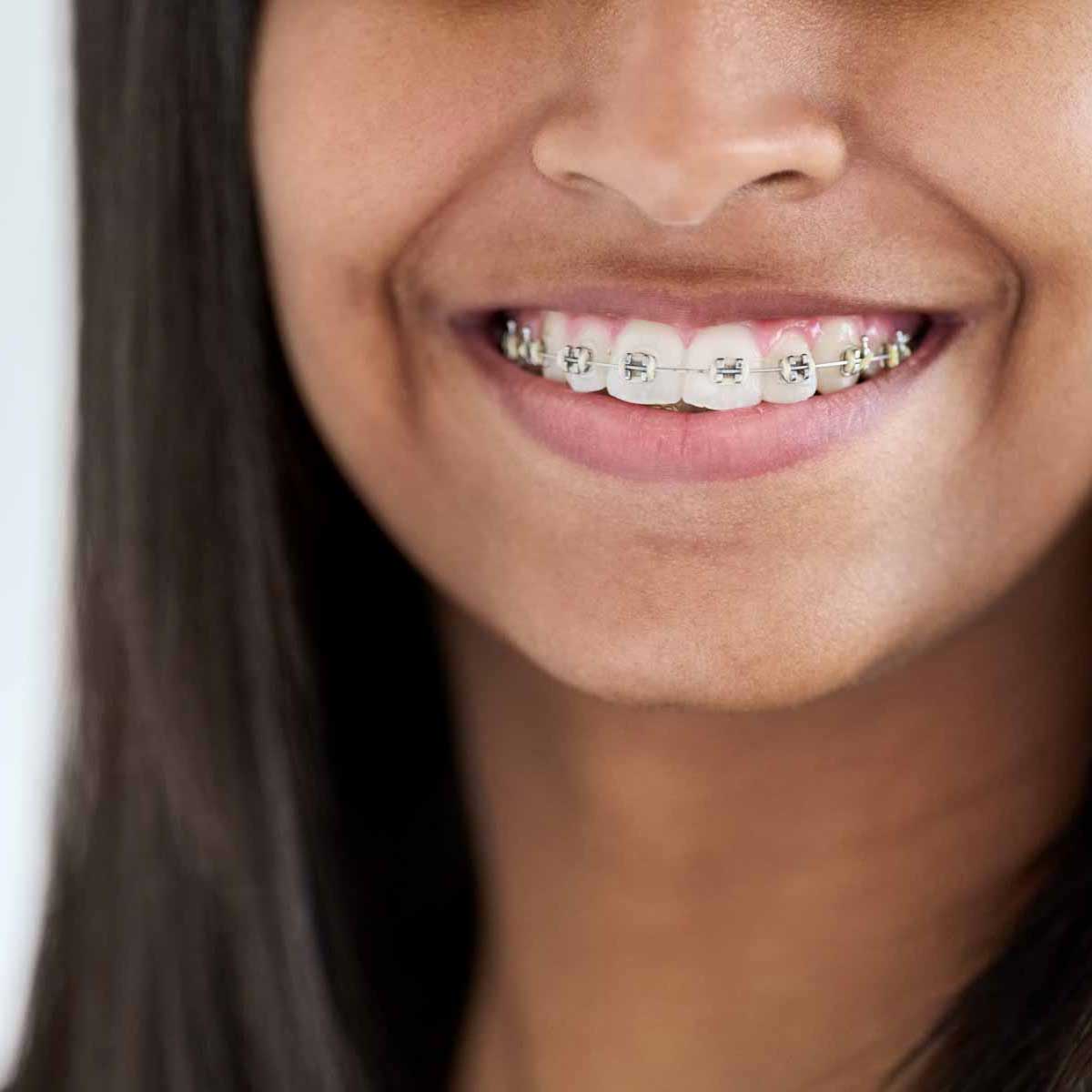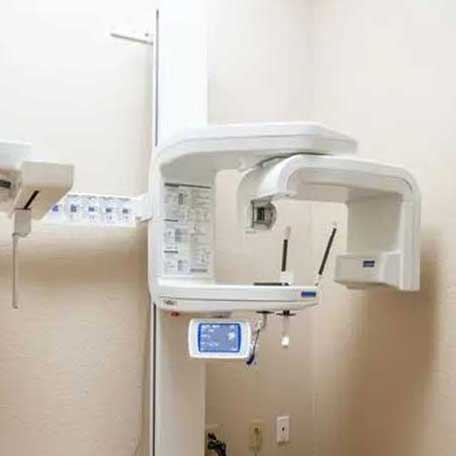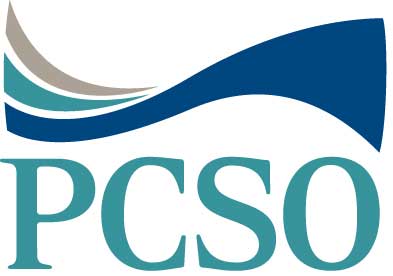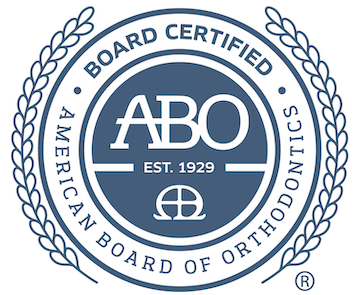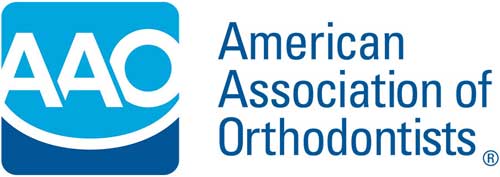Turning dream smiles into reality
Get started on a transformative journey with our specialized Fairfield orthodontic treatments. At our practice, we understand the impact a beautiful smile can have on your health and confidence.
Using state-of-the-art technology, we offer tailored solutions to help you achieve the perfect smile. Choose us for unparalleled orthodontic care — request a free consultation today!
Advanced Orthodontic Solutions
Traditional Braces
Our Fairfield orthodontic treatments include traditional braces, a time-tested and effective solution for straightening teeth and correcting bite issues. These braces provide a reliable and precise method to achieve a healthier, more beautiful smile.
Invisalign Clear Aligner Therapy
We offer Invisalign treatment, a modern and discreet solution for straightening your teeth using custom-made, virtually invisible aligners. This innovative approach provides a comfortable and convenient way to achieve a perfect smile without the look of traditional braces.
Interdisciplinary Treatment
We specialize in interdisciplinary collaboration, working closely with other dental care professionals to manage complex cases involving periodontal issues or the need for dental implants. Our integrated approach ensures comprehensive treatment plans that align with your overall dental health goals.
Early Interceptive Treatment
We emphasize the importance of interceptive, early intervention treatment, designed to address dental issues at a young age, setting the foundation for healthier teeth and easier future treatments. This proactive approach helps guide proper jaw growth and tooth alignment, ensuring a smoother orthodontic journey for your child.
Orthognathic Surgery
For complex dental issues, orthognathic surgery offers a transforming and lasting solution. This treatment, combined with orthodontic braces, corrects abnormalities of the jaw, improving function and appearance.
State-of-the-art Technology
We are equipped with the latest diagnostic and treatment tools, including an intraoral scanner and a CBCT 3D x-ray machine. These technologies allow us to deliver precise evaluations and customized Fairfield orthodontic treatment plans.
Free Initial Consultation
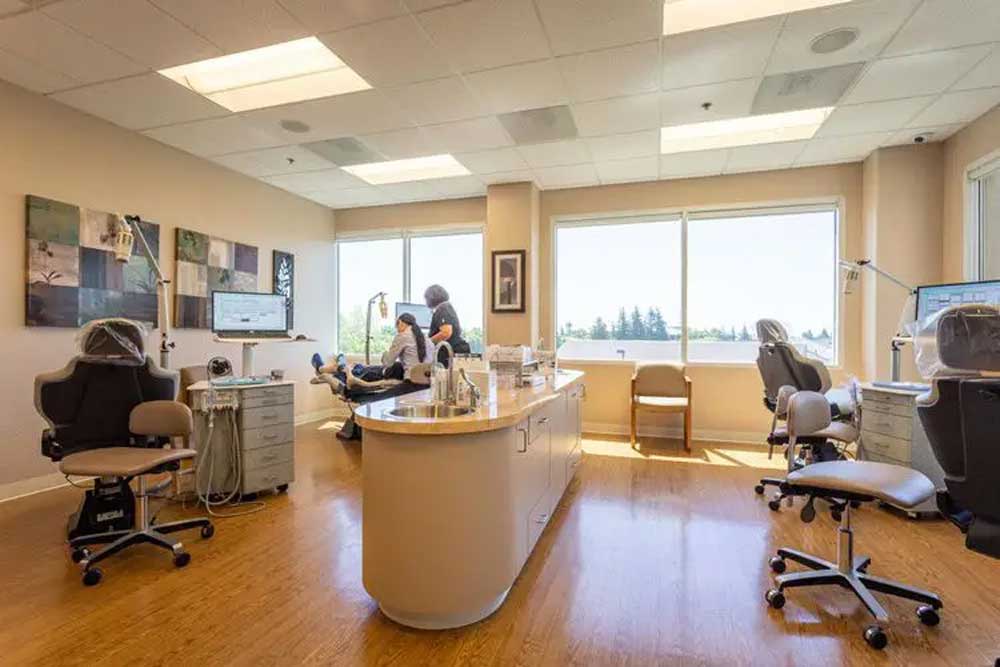
Your First Visit
Variety of payment options
- Delta Dental
- And most insurances — even if we are not in-network, we will help you take advantage of your orthodontic benefits!

Real smiles, real stories
– Angela E.


Start with a free consultation
Discover everything your smile can be.
Visit us in Fairfield
1411 Oliver Rd. Suite 330
Fairfield, CA 94534
Tuesday/Wednesday/Thursday:
8:30 am - 5:00 pm
Fridays: By appointment only
